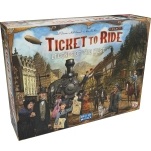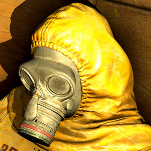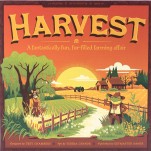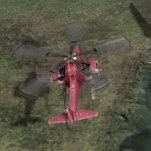Forest Shuffle Is Easy to Play but Hard to Play Well
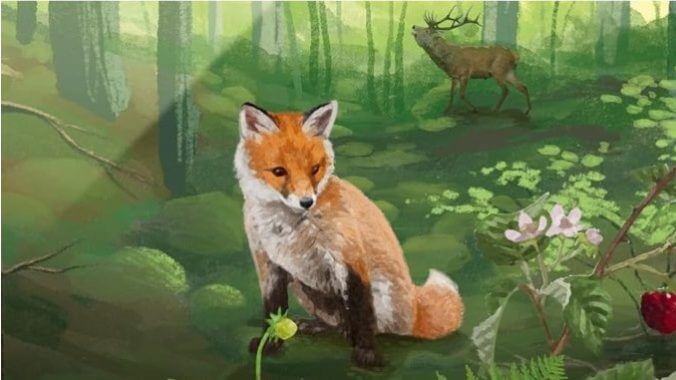
One of the many ways Wingspan was such a remarkable game when it first appeared was that despite containing a huge number of cards with distinct scoring rules, it still felt fairly balanced. Even now, four-plus years after it first appeared, there are just four cards in the deck of 170 that players have decided are too powerful, although you can still play with them and just accept that whoever gets those cards might have a small advantage. Designer Elizabeth Hargrave, who has a new game out this fall called The Fox Experiment, built a massive spreadsheet to help track and design the scoring rules for each of the bird cards in Wingspan, and that attention to detail is a big part of the game’s staying power.
Forest Shuffle feels like another game that is backed by a meticulous approach, whether in a spreadsheet or built via abacus, where all that work from the designer disappears under the hood. It’s also a card-based game—in fact, the deck of cards is all there is in the box—with a lot of complex scoring rules, including a tremendous amount of interaction across card types, yet it still seems mostly balanced, and once you’ve seen all of the card types after a couple of plays, it reveals itself as a game that’s easy to play, but hard to play well.
In Forest Shuffle, players will play tree cards to their tableau and then add all the other card types to those trees, placing them above, below, to the left, or to the right of each tree. Most cards have a cost from 1 to 3, and you pay that by discarding other cards from your hand. There are eight tree species, and each scores in a unique way, while some also have additional powers. Horse chestnuts give you points equal to the square of the number of horse chestnuts in your forest. Beech trees are worth 5 points each, but only if you have four or more. Douglas firs are worth five points, but if you ‘pay’ for it with two cards of the matching color/type (pale blue), you get to take an extra turn. And Oaks are worth 10 points if you have all eight tree species in your forest, while they can also give you an extra turn.
All of the other cards contain two images on them, with a line dividing them top from bottom or left from right. When you play one of these cards, you pay the cost and then slide the card halfway under a tree in your tableau. The visible half is what counts for scoring or other in-game powers. There’s a wide variety of card types/colors, scoring, and abilities in the deck, but the most notable part is how much cards’ scoring and/or powers depend on what else is in your tableau. Butterflies and fireflies are worth nothing by themselves, but you get points for the set once you’ve played at least two—in the case of butterflies, two or more different species. A lynx is worth 10 points if you have a roe deer in your forest; otherwise it’s worth zero. Wolves are worth 3 points per deer symbol in your tableau. A beech marten gets you five points for every tree that is “fully occupied,” meaning it has a card in each of the four spots around it. Some cards let you draw more cards, take an extra turn, play another card for free, play as many cards as you want if you pay their costs, or put as many cards as you want from your hand into your “cave” for one point apiece at game-end.
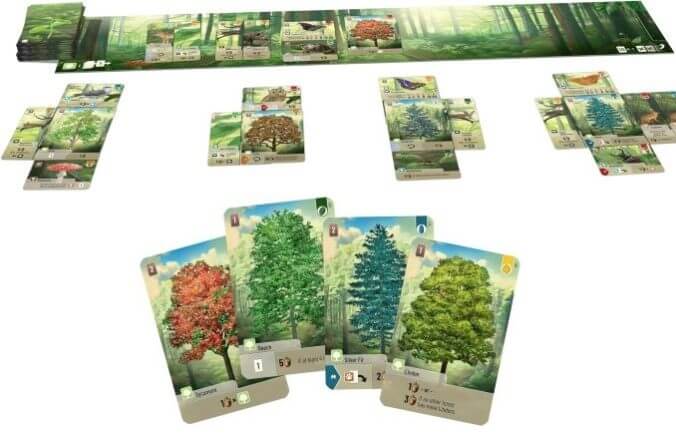
-

-

-

-

-

-

-

-

-

-

-

-

-

-

-

-

-

-

-

-

-

-

-

-

-

-

-

-

-

-

-

-

-

-

-

-

-

-

-

-
































